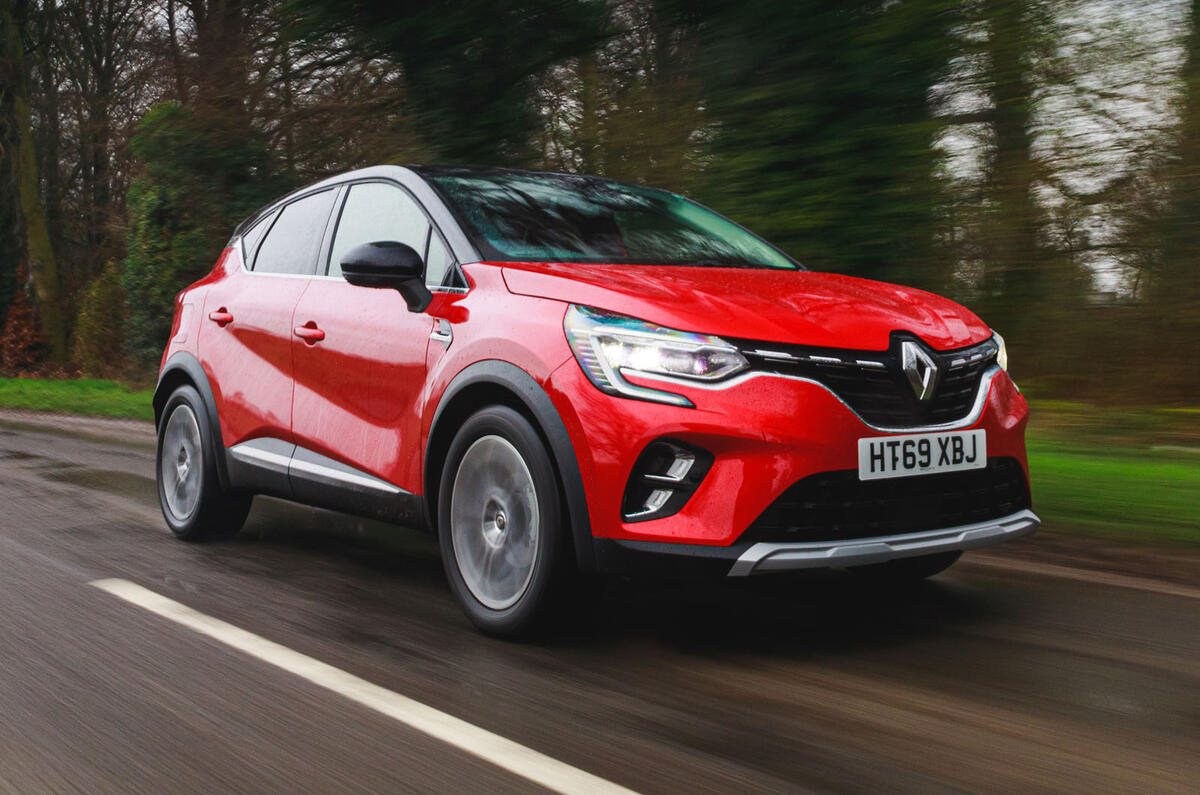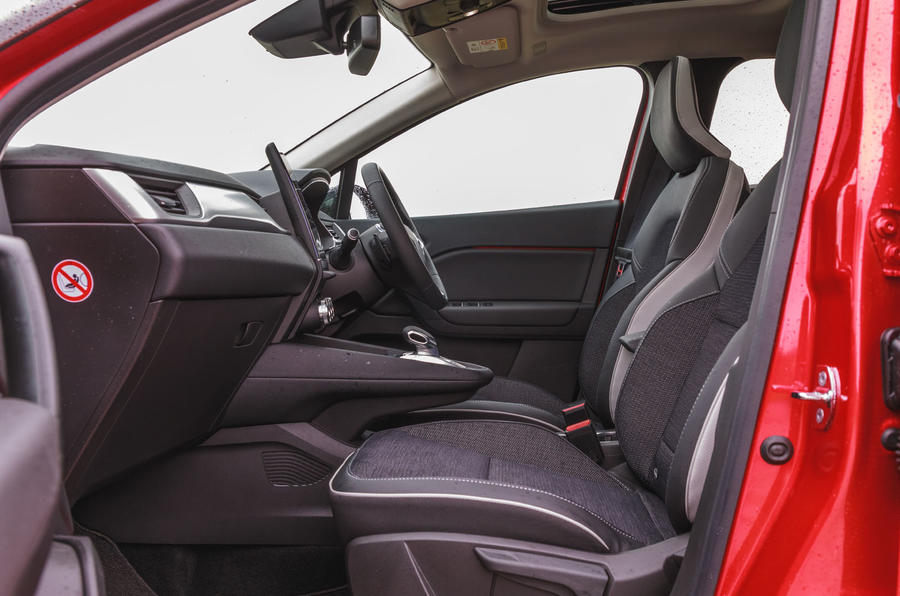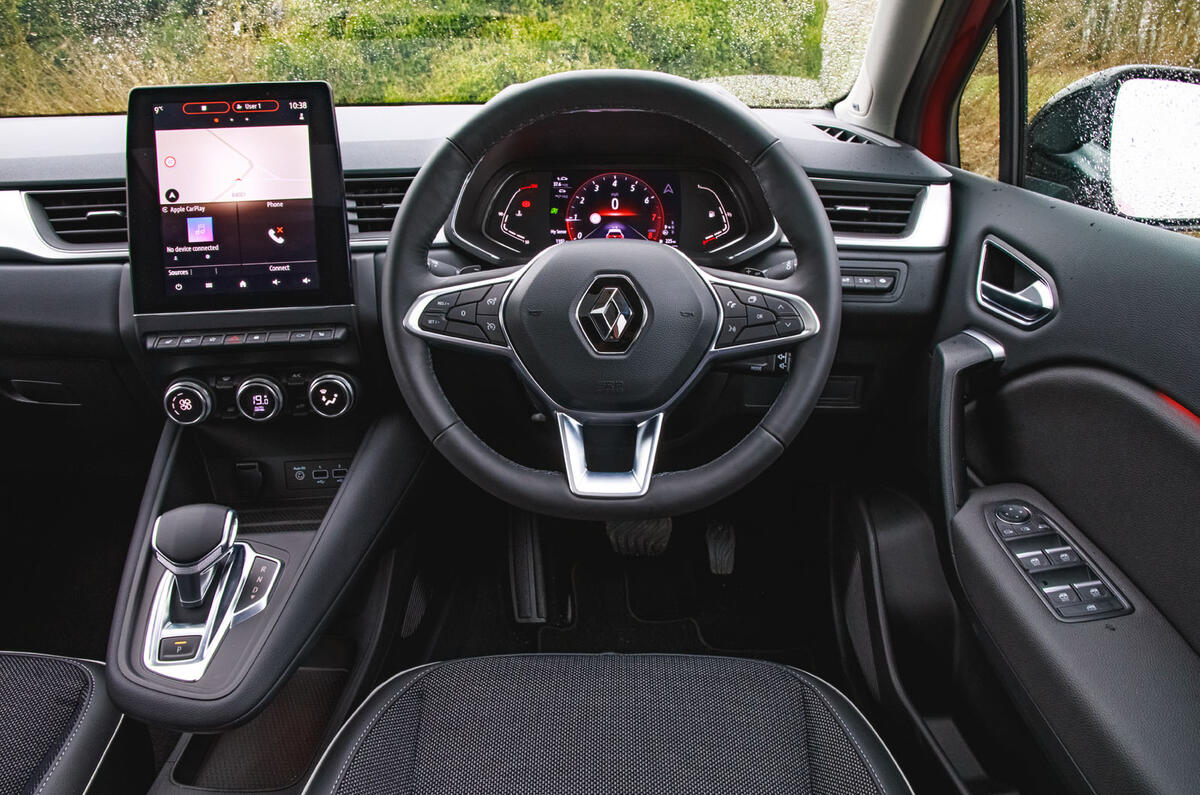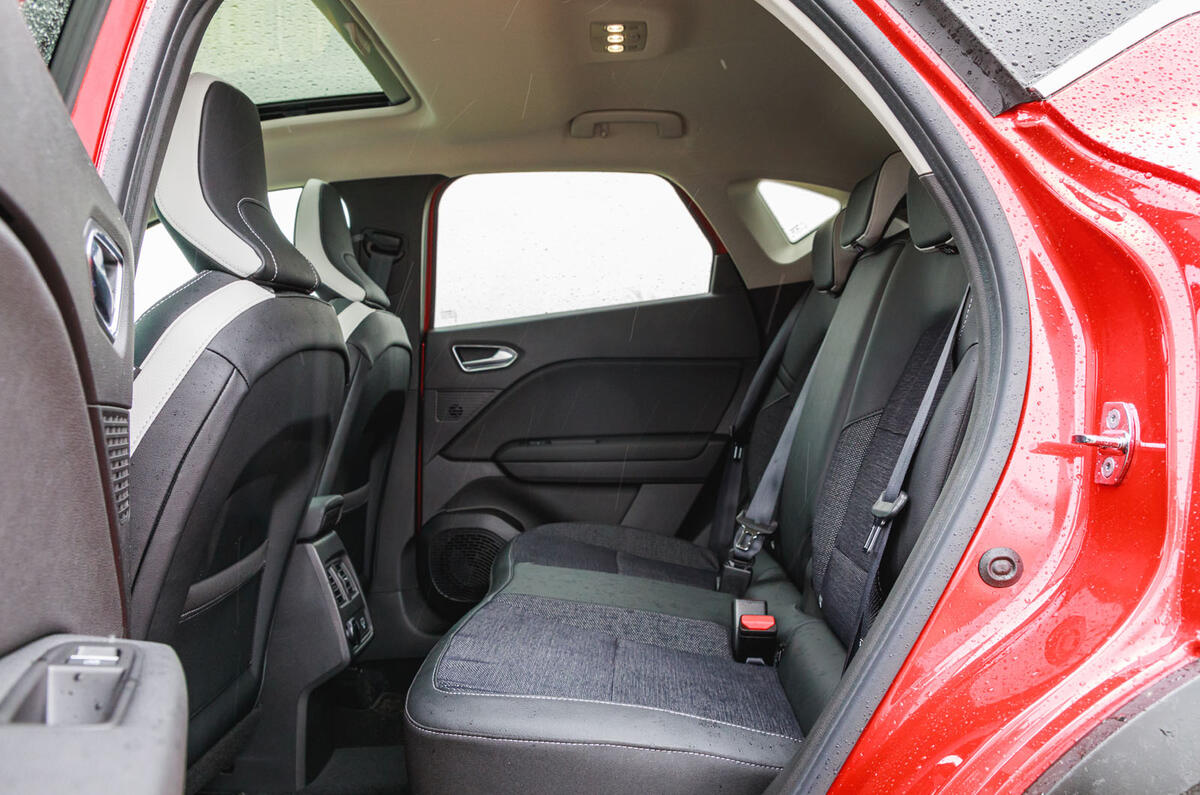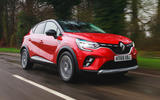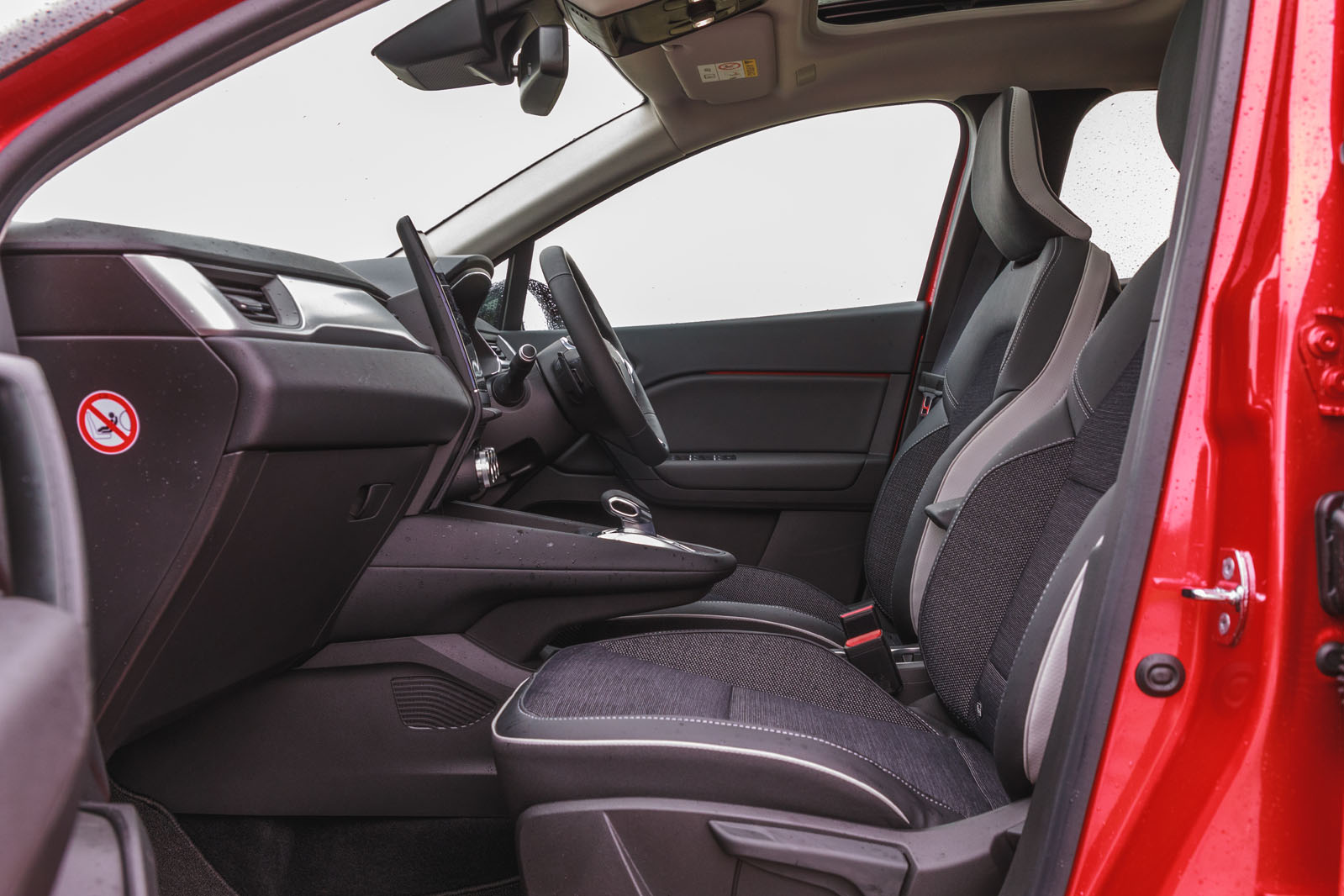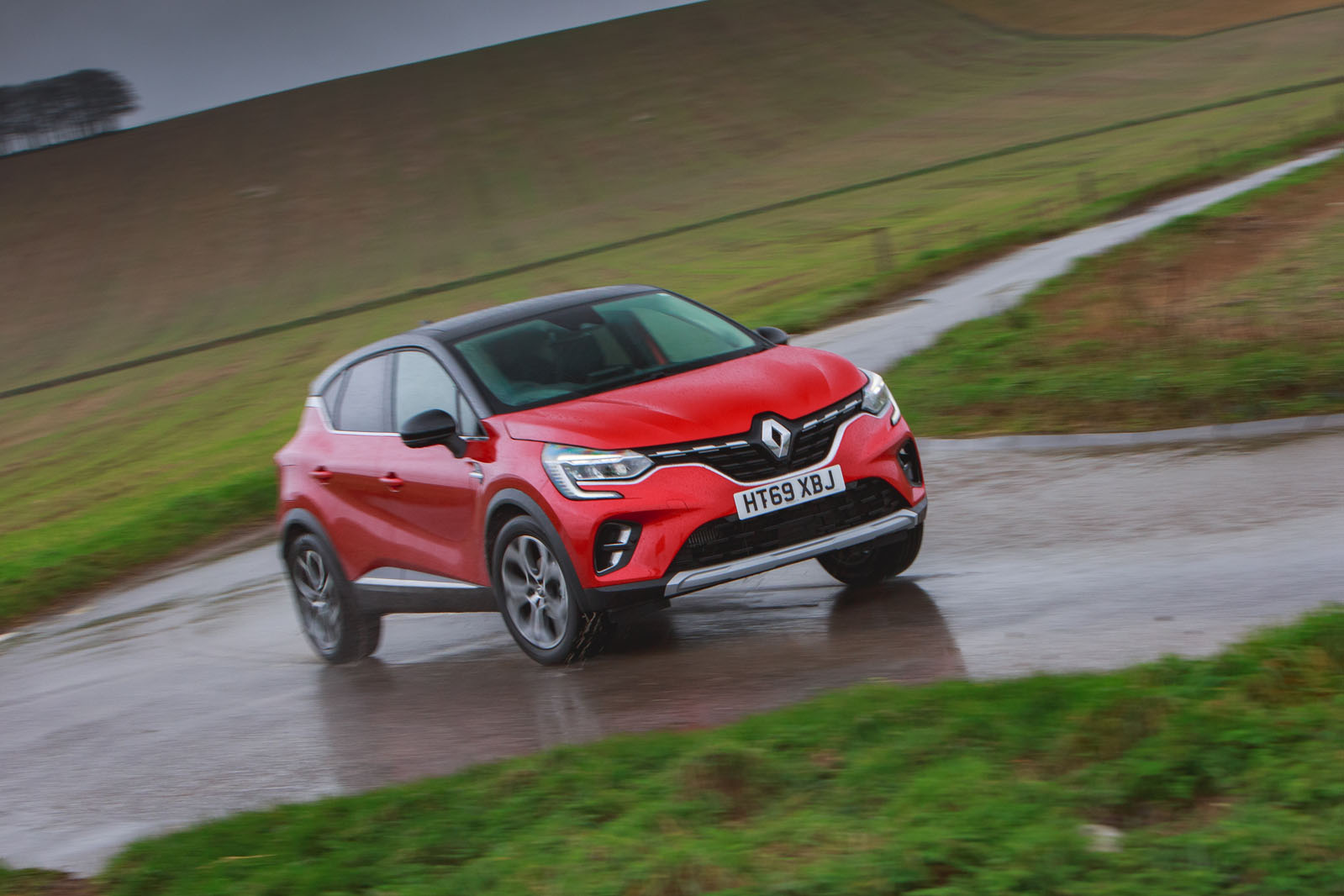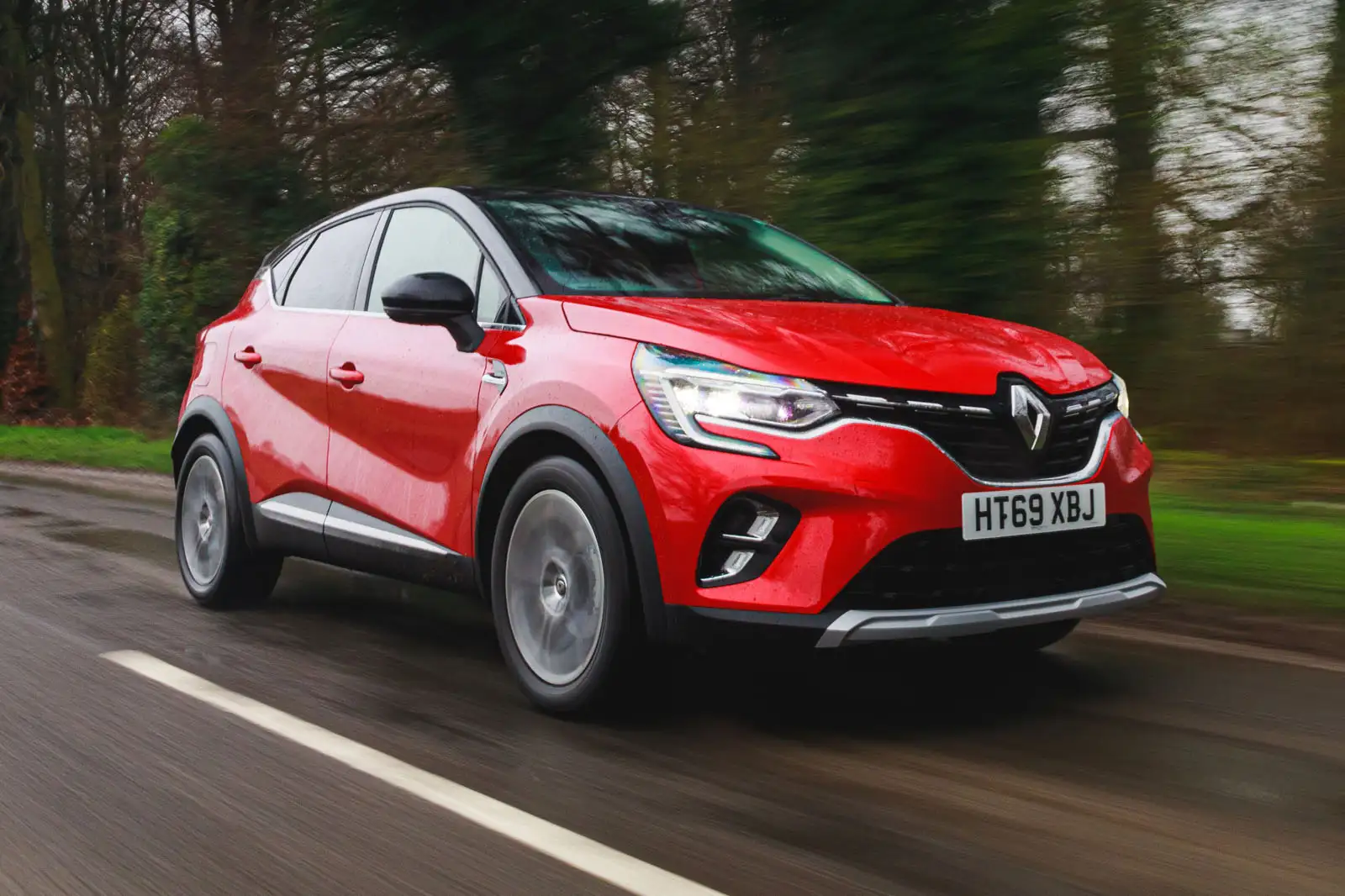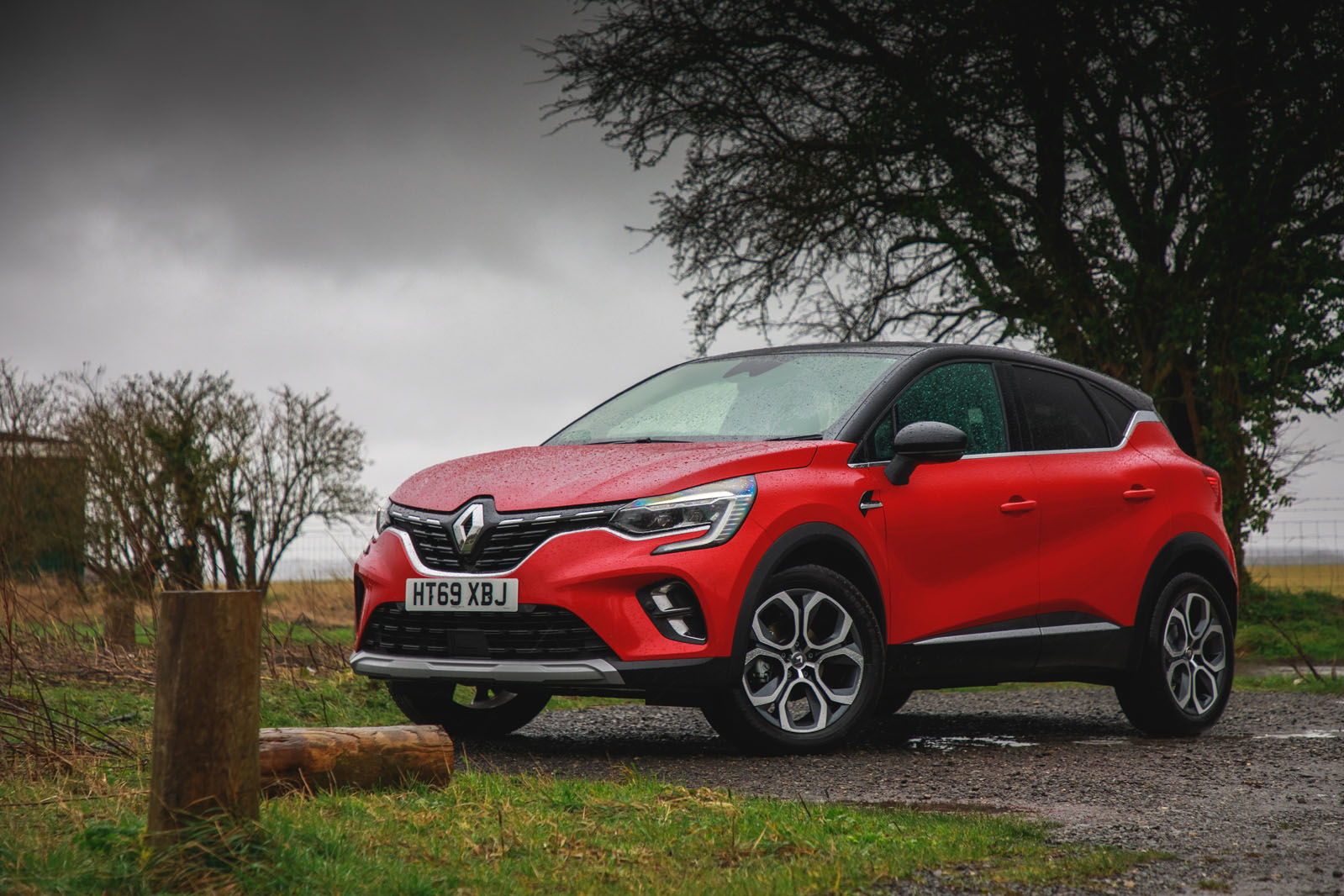The first-generation Renault Captur was one of those uncommon, enduringly successful cars. The Renault managed to find more buyers in its final year of production than during its first.
Surprised? We were. We liked the original Renault Captur of 2013 because it was undemanding to drive, attractive to look at, decently frugal if you went for the right engine and generally more mature than the Nissan Juke, which lit the touchpaper for this sort of car but has always been a highly divisive product. But we didn’t like the Captur that much, its poor body control, light steering and a remote driving experience in general blotting its copybook.
No, the reason this car can boast about that sort of sales statistic is because that sort of sales statistic is indicative of a rapidly and inexorably growing class, which the B-segment SUV – small crossovers, in other words – continues to be and in which the Captur’s mix of style and value made it particularly successful.
Which is why we now have the second-generation Captur. Unlike the original, whose only true rival was the Juke, this one will enter a pool teeming with strong alternatives, including the new Ford Puma, Volkswagen T-Cross and Peugeot 2008.
Renault has not simply refreshed this car’s aesthetic, though. The Mk2 Captur is built on the Renault-Nissan-Mitsubishi Alliance’s new supermini platform and has been engineered from the start to take hybrid and plug-in hybrid powertrains, although traditional options will persevere alongside those low-carbon options for the foreseeable future. The car is substantially longer than before, too, with an enlarged interior that hints at the same uplift in comfort and opulence seen in the latest Renault Clio, with which the new Captur shares so much hardware. This platform also ushers in a suite of driver assistance systems reserved until very recently for larger, more expensive cars, and its increased stiffness in theory paves the way for improved road manners.



